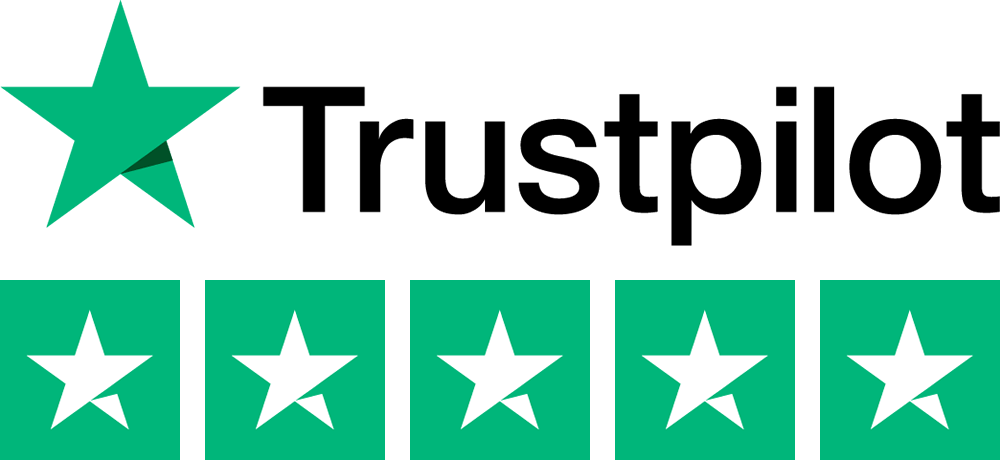
Stamp duty, fees and a rise in JBSP applications: a legal market update from Steph Lyke from SAS Daniels
Latest Property Market Trends: SDLT Changes, Rising Fees & Joint Borrower Sole Proprietor Applications
By Steph Lyke, Conveyancing Solicitor – SAS Daniels LLP
The property market has continued to evolve in response to regulatory and economic shifts over the past year. One of the most significant changes we've seen recently is the amendment to Stamp Duty Land Tax (SDLT) thresholds, which has had a direct impact on buyer behaviour, particularly among first-time buyers.
As a conveyancing solicitor, I’ve observed several key trends that are shaping how buyers approach property purchases in today’s market. Below, I explore the latest SDLT developments, the financial pressures facing first-time buyers, and the increasing use of Joint Borrower Sole Proprietor (JBSP) arrangements to make homeownership more accessible.
SDLT Threshold Reductions: What’s Changed?
In April 2025, the government announced a reduction in the SDLT nil-rate threshold for first-time buyers, lowering it from £425,000 back to £300,000, a rollback to pre-2022 levels. The revised rates now look as follows for first-time buyers:
- 0% on the first £300,000
- 5% on the portion between £300,001 and £500,000
- No relief for purchases over £500,000
This move was part of a wider fiscal strategy aimed at increasing tax revenues, but it has had a ripple effect across the property market, particularly for younger buyers trying to get onto the ladder.
The Impact: Transactions and Buyer Behaviour
The immediate aftermath of the SDLT threshold change has been noticeable:
- According to HMRC data, first-time buyer transactions fell by 12.6% in Q2 2025 compared to Q1.
- The average SDLT bill for first-time buyers in London has risen by £3,750, placing additional strain on affordability.
- Nationwide, there has been a 9.2% increase in average conveyancing costs, due to more complex funding arrangements and additional legal checks, particularly where joint income is being used.
With affordability stretched and mortgage rates still high (averaging 5.1% for 5-year fixed deals), many buyers are being forced to look for alternative solutions.
Rise of the Joint Borrower Sole Proprietor (JBSP) Mortgage
One of the more prominent trends in 2025 has been the surge in Joint Borrower Sole Proprietor (JBSP) applications.
What is JBSP?
This mortgage model allows a parent or close relative to support a mortgage application by contributing to the affordability assessment, without being a co-owner of the property.
JBSP by the Numbers:
- Lenders report a 22% year-on-year increase in JBSP mortgage applications in 2025.
- Over 30% of first-time buyers in Greater London now use a JBSP arrangement, up from 18% in 2023.
- Solicitors are reporting longer transaction timelines due to the need for independent legal advice and more complex lender requirements.
From a legal perspective, it’s essential that all parties understand the implications, especially where a supporting borrower is making financial contributions but has no legal interest in the property. We are increasingly providing independent legal advice to non-owning parties to satisfy lender conditions and ensure clarity.
What This Means for Conveyancing Solicitors
The current climate demands more nuanced legal advice and more robust documentation. For clients using JBSP structures, we often:
- Advise on lender requirements and independent legal representation
- Flag potential SDLT risks (e.g., where additional property ownership might inadvertently trigger higher rates)
While JBSP can be an excellent tool, it’s not a one-size-fits-all solution, and both buyers and their supporting borrowers need to consider long-term impacts such as remortgaging, inheritance, and exit strategies.
Final Thoughts
The SDLT threshold reduction has undoubtedly added pressure to an already strained group: the first-time buyer. However, the market is adapting. Creative financing solutions like JBSP arrangements are helping more people access property, albeit with greater legal complexity.
As conveyancers, our role is no longer just to facilitate the transaction, but to guide clients through these increasingly intricate funding structures, ensuring compliance, protection, and peace of mind at every step.
If you're considering purchasing a property using a JBSP mortgage, or you're unsure how the recent SDLT changes may affect you, feel free to get in touch with our team for tailored legal advice.
Get in touch with Steph and the SAS Daniels team on 01244 305 910 or send them an enquiry
The information contained within was correct at the time of publication but is subject to change
Your mortgage is secured on your property. Your property may be repossessed if you do not keep up repayments on your mortgage













